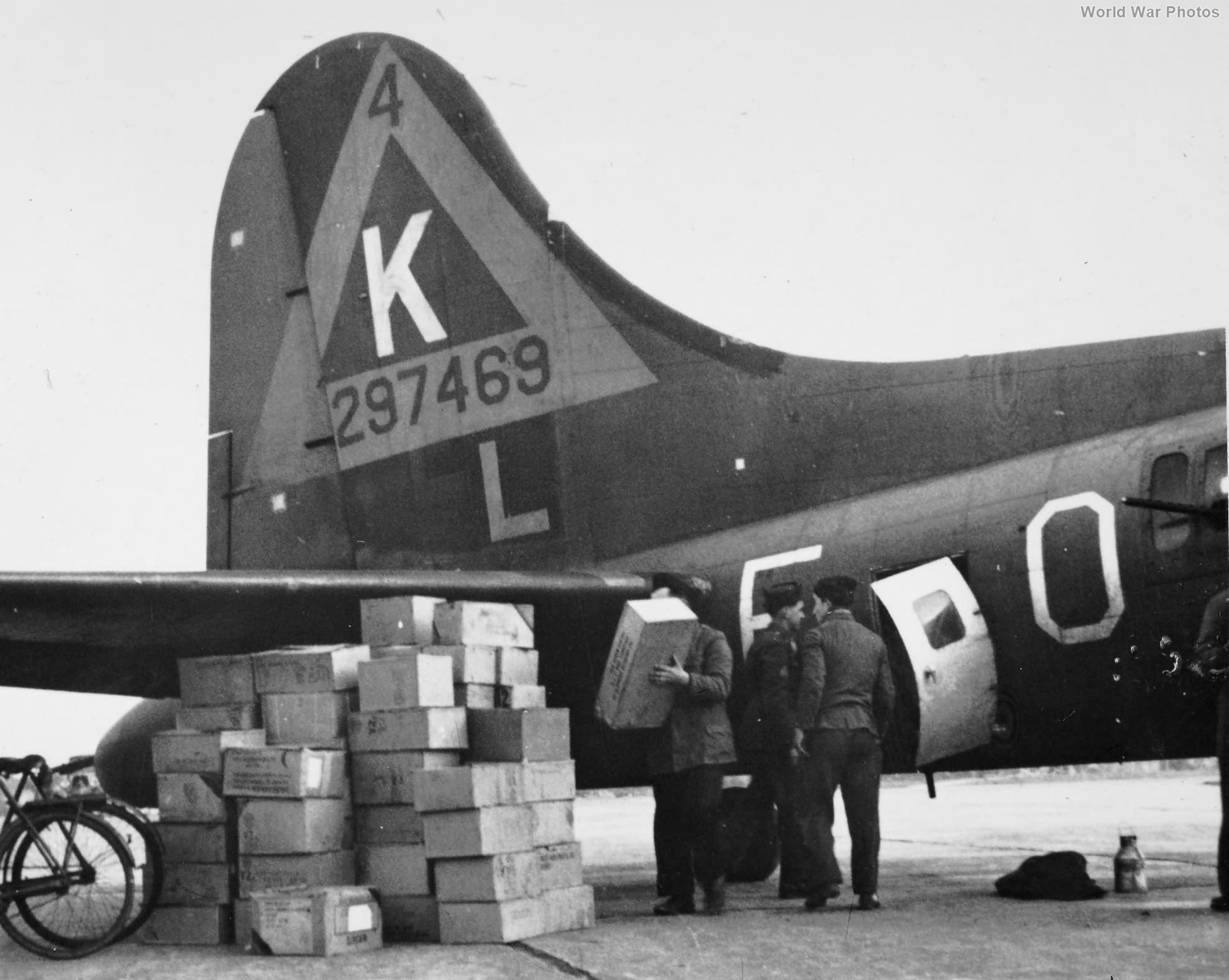During World War II, the 8th Air Force implemented a system of geometric markings to help bomber Groups identify each other, especially during the complex task of forming up for missions in low visibility conditions. This system became crucial as the size and number of bomber formations increased and missions became more challenging due to longer ranges and early morning assembly times.
Initial Identification System
- Geometric Symbols:
- 1st Bomb Wing: Triangle (equilateral, 6.5 feet per side)
- 2nd Bomb Wing: Circle (6.5 feet in diameter)
- 4th Bomb Wing: Square (originally 6.5 feet per side, later varied in dimensions)
- Group Identification:
- Each Group within a Wing was assigned a letter, starting with “A” and following the numerical order of the Groups.
- Specific letters (e.g., E/F, O, Q, M/N) were avoided to prevent confusion.
- Placement and Visibility:
- The markings were painted on both sides of the tail fin and the upper surface of the right wing.
- Originally white symbols with yellow Group letters, but due to poor visibility, the Group letters were later changed to Insignia Blue.
Adaptations and Changes
Size Adjustments:
- B-17s had space limitations on the tail fins, leading to a reduction in the size of the markings (e.g., the triangle was reduced to 6 feet per side).
- The 4th Wing’s square marking often became a rectangle due to space constraints, with varying dimensions like 5 feet high by 4 feet wide.
Visibility Enhancements:
- The original requirement for markings to be visible from one mile away led to the dulling of the white paint by adding grey or applying a grey wash.
- The yellow Group letter was changed to blue for better visibility beyond half a mile, although some aircraft retained the yellow letters longer than others.
Further Developments
Instruction Revisions:
- On Christmas Day 1943, VIII Bomber Command issued updated instructions specifying slightly altered dimensions for the markings:
- 1st Division’s Triangle: 6 feet on the fin, 8 feet on the wing.
- 2nd Division’s Circle: 5 feet 9 inches on the fin, 6.5 feet on the wing.
- 3rd Division’s Square: 4 feet by 5 feet on the fin, 4 feet square on the wing.
- The Group letters were generally 3 feet high with 6-inch strokes, while the radio call-letters were 2 feet high with 4-inch strokes.
- On Christmas Day 1943, VIII Bomber Command issued updated instructions specifying slightly altered dimensions for the markings:
Bare Metal Aircraft:
- With the introduction of bare metal finishes, the divisional symbols were painted in black, with the Group letters in white.
Underside Markings:
- In the spring of 1944, the Groups of the 40th Combat Wing (92nd, 305th, and 306th Bomb Groups) began painting the Group triangle/letter device on the underside of the left wing, mirroring the upper right wing.
Special Cases and Variations
486th Bomb Group:
- When transitioning from B-24s to B-17s, the 486th found its “Square O” marking too similar to the 100th Bomb Group’s “Square D.” They switched to using “Square W” to avoid confusion.
Unusual Markings:
- Some markings, like the “Square Z” used by the 3rd Bomb Division headquarters, were unique and not widely used elsewhere.
Changes in Assigned Letters:
- When the 489th and 491st Bomb Groups arrived in the UK, their initially assigned letters “S” and “T” were changed to “W” and “Z.” This decision likely aimed to prevent confusion with other Groups and ensure distinctiveness.
These geometric markings, though simple, were a critical tool for maintaining order and efficiency within the large and complex formations of the 8th Air Force’s bomber Groups during the war.
